Read next
The latest news, updates and expert views for ambitious, high-achieving and purpose-driven homeowners and property entrepreneurs.

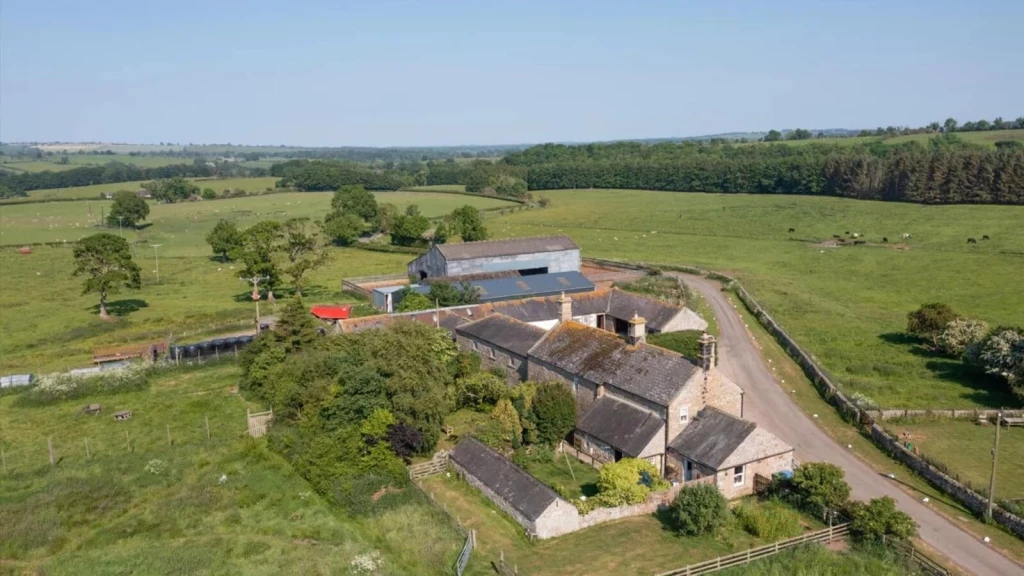
The UK government’s latest housing strategy directly addresses the chronic housing shortage, with a flagship initiative focused on a new generation of planned towns.
These government-backed settlements could reshape housing availability across the country, offering a mix of market and affordable homes in well-designed communities.
In this article, I will break down what these new towns are, outline their role within the government's broader housing strategy, and examine where they might be built.
Let’s begin.
New towns are planned communities specifically designed to accommodate substantial new housing developments. The government has set a baseline of at least 10,000 homes per settlement, ensuring that these projects contribute significantly to housing supply.
A key feature of these towns will be to include at least 40% affordable housing, including social and council homes, to ensure inclusivity and accessibility. This aligns with the government’s pledge to boost social housing provision, reversing decades of decline.
New towns are a core pillar of Labour’s long-term housebuilding strategy.
Unlike ad-hoc urban sprawl, these towns will be masterplanned to integrate transport, amenities, and employment opportunities, ensuring they become thriving, self-sufficient communities rather than dormitory towns.
To accelerate the delivery of new towns, the government has indicated a preference for locally-led Development Corporations, a shift from previous centrally-controlled models. These bodies will be tasked with acquiring land, coordinating infrastructure, and managing the long-term stewardship of new settlements.
This approach aligns with Labour’s commitment to giving local authorities greater powers in shaping growth, ensuring that development reflects local needs rather than top-down imposition.
However, questions remain about how these corporations will be funded and whether they will have the legal authority to overcome entrenched planning barriers.
You might be wondering - after all the discussion over the past few months, are new towns still being built?
Excitingly, the answer is yes - and things are finally starting to move.
In mid-February 2025, it was announced that over 100 potential sites have been put forward by councils, developers, and landowners to the New Towns Taskforce.
While the exact locations remain undisclosed, the government has indicated that London, the South East, the South West, and the East of England are leading contenders. However, there has been interest from every region.
According to recent government statements, an initial shortlist of around 12 locations will be published in summer 2025, prioritising areas where infrastructure capacity and economic demand align.
The government is focusing on sites with:
The New Towns Taskforce has published an interim report, outlining a promising framework for delivering much-needed housing across the UK.
Each town will accommodate at least 10,000 homes, supported by integrated infrastructure such as:
By summer 2025, the New Towns Taskforce will:
Construction is expected to begin before the next general election in 2029, marking one of the most ambitious housing initiatives in decades.
By focusing on sustainable development and community-oriented town planning and urban design, the government seeks to blend these new towns seamlessly with existing urban infrastructure, ensuring that the new settlements are not just functional, but also vibrant and desirable places to live.
At Urbanist Architecture, we believe in environments where communities thrive physically, socially, and economically – creating places that endure for generations. This deliberate fusion of elements ensures our spaces evolve organically, adapting to changing needs while fostering vibrant, interconnected community life.
These new towns offer a transformative moment for Britain's residential landscape. The government's site selection process must prioritise people-centred design that anticipates how communities will evolve over decades, not years.
A major differentiator of this new wave of towns will be their alignment with the UK's net-zero commitments and sustainability goals. The government has signalled that these settlements must incorporate energy-efficient homes, renewable energy networks, sustainable drainage systems, and biodiversity enhancements.
Learning from past mistakes, where car dependency was built into new town models, this generation of towns must prioritise active travel networks, well-connected public transport, and integrated green spaces. The balance between achieving net-zero standards while maintaining affordability will be a key test of Labour's housing strategy.
Delivery must trump process. The success of these ambitious plans hinges on genuine cross-sector collaboration with clearly defined outcomes, not siloed thinking. Government departments must align their objectives rather than working at cross purposes.
Make no mistake: while this vision is promising, our planning sector requires immediate and substantial investment. The current infrastructure is woefully inadequate for the scale of transformation we're undertaking. Without proper resourcing now, we risk squandering this once-in-a-generation opportunity.
The ambitious idea was inspired by Clement Attlee’s new towns of the post-war era.
Between August 1945 and December 1951, Atlee’s Labour government built more than one million new homes, including new towns like Milton Keynes.
Why were new towns created back then?
Much like today, the goal was to accelerate homebuilding and provide a fresh start for Britain’s housing landscape. The initiative aimed to address post-war housing shortages, just as the modern push for new towns seeks to tackle today’s housing crisis.
The parallels between then and now are striking. Just as the 1940s new towns addressed war-induced housing shortages, today’s initiative seeks to tackle decades of underbuilding, affordability challenges, and infrastructure deficits.
Now we’ve covered the inspiration for the new towns programme, as well as the latest February 2025 updates, let’s explore where new towns will be built.
As a part of Labour’s planning reforms, most of the new towns will be built on low-quality Green Belt land, now known as the grey belt. This strategic choice aims to minimise the impact on high-value Green Belt land while effectively addressing the urgent housing needs.
Although there is no definitive plan yet on which parts of the Green Belt will be designated for development, the focus is on areas that can support integrated and sustainable growth while aligning with Labour's ambitious housing targets.
Rather than targeting high-value Green Belt, the New Towns Taskforce is focusing on low-quality, underutilised Green Belt land near existing settlements, such as abandoned industrial sites, low-grade farmland, and edge-of-town scrubland.
This refined approach aims to unlock land for housing while maintaining the original purpose of the Green Belt in preventing urban sprawl. However, Labour has stressed that any Green Belt release will be conditional on sustainable design, infrastructure readiness, and clear environmental mitigation strategies.
With this in mind, I have identified 20 high-potential locations that stand out due to their:
Here are the locations most likely to be chosen for Labour's new towns, each offering unique advantages that align with the vision of creating resilient settlements for future generations.
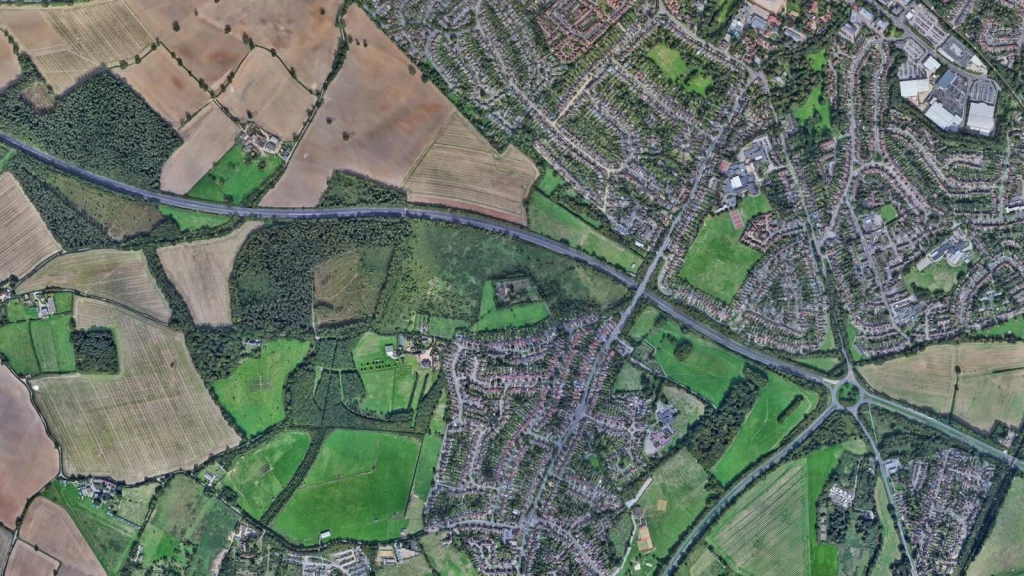
Cambridge is a prime candidate for Labour’s new towns due to its booming tech and research sectors, anchored, of course, by the prestigious Cambridge University. The Greater Cambridge Partnership aims to accelerate housing delivery with plans for up to 150,000 new homes by 2050. This area is strategically positioned with excellent transport links, including direct rail connections to London, making it an ideal site for sustainable, mixed-use developments. The city’s blend of historical charm and modern infrastructure, coupled with a thriving economic base, makes it a compelling choice for new urban growth.
The M1 corridor near Milton Keynes is poised to be a cornerstone of Labour’s housebuilding plans due to its strategic location and transport links. Milton Keynes has a successful history as a planned town and is well-positioned for further expansion. The area's connectivity to both London and the Midlands supports regional economic development, making it a key area for high-density residential developments. The corridor's infrastructure, including parks, schools, and healthcare facilities, promotes a promising opportunity for new communities.
The Thames Estuary, particularly Ebbsfleet, stands out as a strategic location for Labour’s new towns due to its proximity to London and key transport routes like HS1. Proposals for expanding Ebbsfleet include transforming it into a major residential and commercial hub, aligning with Labour’s vision for addressing housing shortages and boosting regional economic activity. This development supports London’s overflow while stimulating growth in North Kent. Additionally, the potential for waterfront development adds unique aesthetic and recreational appeal, making Ebbsfleet a prime example of Labour's commitment to integrated, sustainable communities.
South Hampshire, with its coastal allure and urban centres, presents an attractive option for Labour’s new towns. The region is poised for quality of life improvements and economic growth, driven by maritime industries and strong transport networks. The presence of significant green spaces and coastal areas in South Hampshire also presents a unique opportunity for environmentally sustainable and health-promoting urban design solutions. By leveraging these natural assets, planners can incorporate extensive green infrastructure and public spaces that not only enhance biodiversity but also promote physical and mental wellbeing among residents.
The Midlands, particularly around Birmingham, Leicester, and Nottingham, offers extensive opportunities for new town developments. This central region can foster interconnected hubs that boost regional economies and provide much-needed affordable housing. Its strategic location, combined with existing infrastructure, positions it as a frontrunner for Labour's ambitious housebuilding initiatives. By enhancing public transport networks and integrating green infrastructure, new towns in this area can be developed to be both sustainable and well-connected, promoting environmental sustainability and improved quality of life for residents. This approach will ensure that the Midlands can support resilient, thriving communities that are well-equipped to meet future challenges.
Hale, near Manchester, is ideally positioned to support Labour’s new town initiatives by expanding its urban infrastructure and creating new residential areas. The strategic integration of green spaces and sustainable urban design principles will position Hale as a benchmark for future developments. Its proximity to Manchester means it is well connected, making it an attractive location for families and professionals alike. Furthermore, Hale's excellent schools and vibrant community amenities significantly enhance its appeal, offering a desirable living environment that supports both economic growth and environmental sustainability. This combination of factors makes Hale an exemplary candidate for Labour’s vision of sustainable and integrated urban communities.
Roundhay, near Leeds, has significant potential for residential expansion by leveraging its existing urban amenities and robust infrastructure. This area is well-suited to adopt sustainable design principles, setting a benchmark for future urban development. The extensive green spaces, including the renowned Roundhay Park, greatly enhance livability and align with Labour’s vision for integrated, environmentally friendly communities.
Oxford, with its rich educational and research environment, is an ideal candidate for developing high-tech residential and commercial hubs. The city's prestigious academic institutions, such as the University of Oxford, serve as catalysts for innovation and economic growth, positioning it as a prime location for sustainable, knowledge-based communities. Oxford’s unique blend of historic charm and modern infrastructure creates an appealing environment for new town development. By integrating cutting-edge technologies and sustainable design principles, Oxford can offer a vibrant, forward-thinking community that attracts researchers, professionals, and families alike, embodying Labour's vision for progressive new towns.
Norwich, a regional economic hub with decent transport links, is an excellent candidate for new residential and commercial developments. The city’s strong infrastructure and economic base support sustainable growth, focusing on creating vibrant mixed-use communities that seamlessly integrate residential, commercial, and recreational spaces. Norwich’s vibrant cultural scene, highlighted by numerous festivals, galleries, and theatres, along with its historic architecture, significantly enhances its appeal to new settlements. By leveraging these assets, Norwich can become a model for balanced urban development that promotes economic vitality and a great lifestyle, aligning perfectly with Labour's vision for integrated and sustainable urban communities.
Reading, with its excellent transport connections and vibrant economic activity, is ideally positioned for Labour’s new town initiatives. Its proximity to London, coupled with a thriving local economy, makes it a strategic choice for expanding housing and commercial spaces. The presence of large business parks and prestigious educational institutions, such as the University of Reading, enhances its attractiveness for professionals and families. Again, this aligns with Labour’s vision for creating vibrant, interconnected communities that offer both economic opportunities and a high quality of life. Reading's infrastructure and community amenities further support the development of sustainable, mixed-use communities that integrate residential, commercial, and recreational spaces, making it an exemplary location for Labour’s ambitious housing plans.
Stratford-upon-Avon offers unique opportunities for residential and commercial development, thanks to its rich cultural heritage and strategic location. The town's historical significance as the birthplace of Shakespeare, combined with modern amenities, creates a compelling environment for new developments. Enhancing public transport links and expanding green spaces will ensure that Stratford-upon-Avon remains a vibrant and dynamic town. These improvements will not only preserve its historical charm but also cater to the needs of a growing population.
Taunton, with its strategic position and established transport infrastructure, is an ideal candidate for new communities under Labour's new towns initiative. The area supports sustainable residential and commercial growth, effectively meeting regional housing demands. Significant investments are planned, including a £20 million development project at Taunton School, which aims to enhance educational facilities and create a sustainable, pedestrian-friendly campus. Taunton’s excellent schools, comprehensive healthcare facilities, and abundant recreational areas make it a highly desirable location for families and individuals. The town’s balance of urban amenities and rural charm provides a great lifestyle for residents, neatly aligning with Labour’s vision for developing vibrant, sustainable communities that cater to diverse population needs while promoting economic stability and environmental sustainability.
Exeter’s strong regional economy and transport connections make it a prime candidate for the development of new towns, particularly given the city’s existing infrastructure which can support sustainable and integrated growth. Exeter offers a balanced lifestyle with its vibrant city centre and surrounding countryside, making it an attractive location for new residents seeking a well-rounded lifestyle. The combination of a thriving local economy and excellent public services, including the University of Exeter, positions the city as a key site for Labour’s new town plans.
Harrogate, known for its livability and amenities, is well-suited for residential expansion. Its strategic location and existing infrastructure make it an appealing site for new developments. The town’s spa heritage and extensive green spaces provide a unique and attractive environment for Labour’s new town projects, ensuring a vibrant and dynamic community. Enhancing public transport and integrating sustainable design principles will support Harrogate’s growth as a model for balanced urban development.
Preston offers extensive development opportunities, particularly given its strong transport links and regional economic activity. The city’s educational institutions and healthcare facilities make it suitable for sustainable community development. New residential and commercial projects in Preston will contribute to regional growth, and help create vibrant, well-connected communities.
Carlisle, with its strategic location and great transport infrastructure, is ideal for new town development. Major regeneration projects, including the £20 million redevelopment of Carlisle Railway Station under the Borderlands Inclusive Growth Deal, aim to enhance connectivity and spur economic growth in the region. These efforts perfectly align with Labour’s housebuilding plans, ensuring that new developments are well-integrated with existing infrastructure. The city's blend of historical significance and modern amenities makes it an attractive site for creating vibrant, sustainable communities that meet Labour's objectives of providing high-quality, affordable housing in well-connected areas.
Guildford has a strong economic base and good transport connections, which makes it well-positioned for new town development. The town’s cultural amenities, including theatres and galleries, enhance its attractiveness for new developments. Guildford offers opportunities for integrated residential and commercial growth, supporting Labour’s goals for high-quality, sustainable communities. The town’s mix of historical charm and modern facilities makes it an ideal location for vibrant, well-planned urban growth.
Peterborough's strategic location, with excellent transport links and a growing economy, makes it a prime location for establishing new towns. The city's infrastructure supports substantial residential and commercial expansion, plus, Peterborough’s mix of historic charm and modern conveniences provides a compelling environment for new residents, meeting Labour’s plans for vibrant, well-connected communities. Investing in public transport and green infrastructure will support sustainable development in the area.
Swindon, with established transport connections and economic activity, is well-suited for housebuilding. The area can leverage its strategic position to support integrated and sustainable growth, meeting housing demands and boosting the local economy. Significant business parks and cultural amenities enhance Swindon's attractiveness as a new town location, ensuring a vibrant and livable community. Developing high-density housing and improving public transport will support Labour’s vision for sustainable urban development.
Chelmsford, with its proximity to London and strong transport links, offers significant potential for new settlements. The city's existing amenities and infrastructure make it an attractive site for sustainable residential and commercial projects. Chelmsford combines urban convenience with nearby countryside, providing a balanced and appealing environment for new communities. Enhancing public transport and integrating green spaces will ensure that Chelmsford supports vibrant, sustainable growth.
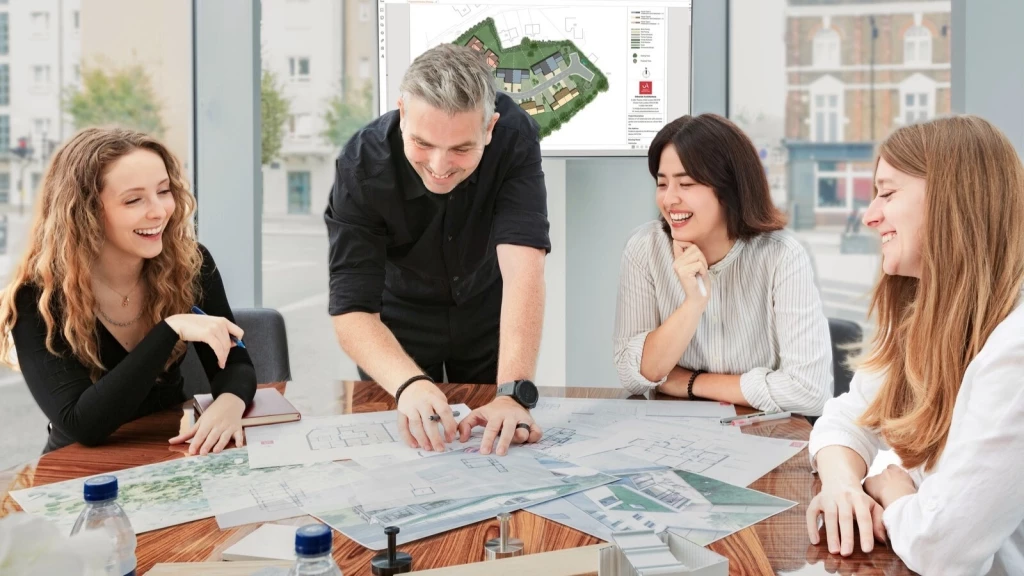
So there you have it, a strategic assessment of where Labour’s new towns could take shape and the potential impact of this ambitious initiative.
But will these new towns truly address the UK’s housing crisis, or will they fall short of expectations?
While new towns alone won’t fix the chronic under-supply of homes, they are a crucial piece of a larger puzzle.
As Housing Minister Matthew Pennycook has emphasised, large-scale developments must be paired with systemic planning reform, infrastructure investment, and economic incentives to unlock long-term housing growth.
The success of new towns will hinge on several key factors:
For new towns to truly transform housing delivery, they must not repeat the mistakes of past large-scale developments - particularly those that failed to integrate transport, employment, and social infrastructure at an early stage.
It’s important to note that I have not used a specific analytical framework to identify these locations. Instead, I’ve drawn on my extensive experience in Green Belt developments and masterplanning. I’ve also meticulously read pages of reports solely focused on Labour’s housebuilding plans and their new towns initiative, which has helped me further refine my selections.
Of course, this is not investment advice. There is a possibility that all of these locations could be chosen, but there is also the possibility that none of them will be selected.
Like all property development investments, especially complex ones involving Green Belt land, going into your project without property development due diligence is a recipe for disaster.
From my experience working on countless projects of varying scopes and scales over the years, it is clear that those who are meticulous in their process during the early phases of development are the ones who come out on top in the end.
Before we wrap up, I want to end on a positive note by highlighting the UK's most successful new town: Milton Keynes.
Designed to address the growing population and housing shortages of the late 20th century, Milton Keynes offers valuable lessons in urban planning.
Established in 1967 as part of the post-war new towns programme, it was strategically positioned between London, Birmingham, Oxford, and Cambridge - making it an ideal hub for both commuters and businesses.
One of the key reasons for its success is its emphasis on infrastructure and quality of life. The town was designed with a unique grid-road system, ensuring smooth traffic flow and reducing congestion - something many older cities struggle with.
In addition, Milton Keynes incorporated extensive green spaces, including parks, lakes, and nature reserves, making it an attractive place to live. The inclusion of cycle paths, pedestrian-friendly routes, and a focus on sustainability set it apart from traditional urban developments, creating a balance between modernisation and environmental consciousness.
Milton Keynes also thrived due to its strong economic growth and job creation. With a proactive approach to attracting businesses, it became a hub for finance, technology, and logistics companies, providing residents with ample employment opportunities. The town’s adaptability over the decades - embracing innovation, investing in cultural and entertainment facilities, and continuously improving infrastructure - has ensured its lasting appeal.
As a result, Milton Keynes stands as a model for future new towns, demonstrating how thoughtful planning and investment in both housing and the local economy can lead to long-term success.
Urbanist Architecture is a multidisciplinary architecture and planning firm based in London, with projects spanning across the UK. As an RIBA chartered practice with experienced architects, planning consultants, interior designers, and project managers, we offer multiple architecture services under one roof at a boutique scale to achieve your goals.
Whether you're starting your first property and land development project or are seeking a partner to expand your existing portfolio, we are here to help. With a strong multidisciplinary team that has an established reputation for excellence in residential architecture, we can provide you with all of the solutions you need through every step of your project.
Don’t hesitate to get in touch with our friendly team.
The Green Belt is one of the most contentious and misunderstood pieces of planning policy in England and it’s a topic we at Urbanist Architecture have a lot of experience working with. For this reason, we decided to pool our learnings and pen a book delving deep into the Green Belt from every possible angle.
‘Green Light to Green Belt Developments’ investigates the policy's biggest winners and losers, and explores its connections to climate change and the housing crisis, as well as what the future might hold, particularly now a new Labour government is in power.
It also looks at the history of the policy and how it’s managed to endure while other policies have evolved and adapted with the times. Of course, it also identifies the exceptions and circumstances that exist for permitting development in the Green Belt, so you can better your chances of gaining planning permission.
We’ve written this book for anyone seeking a more rounded understanding of one of England's most debated urban planning issues, making it accessible to both industry professionals and the general public.
Whether you are a landowner in the Green Belt wishing to understand the potential for land value uplift or a developer planning to build new homes in the Green Belt, this book is an essential read. Order your copy now.

Urbanist Architecture’s founder and managing director, Ufuk Bahar BA(Hons), MA, takes personal charge of our larger projects, focusing particularly on Green Belt developments, new-build flats and housing, and high-end full refurbishments.
We look forward to learning how we can help you. Simply fill in the form below and someone on our team will respond to you at the earliest opportunity.
The latest news, updates and expert views for ambitious, high-achieving and purpose-driven homeowners and property entrepreneurs.
The latest news, updates and expert views for ambitious, high-achieving and purpose-driven homeowners and property entrepreneurs.

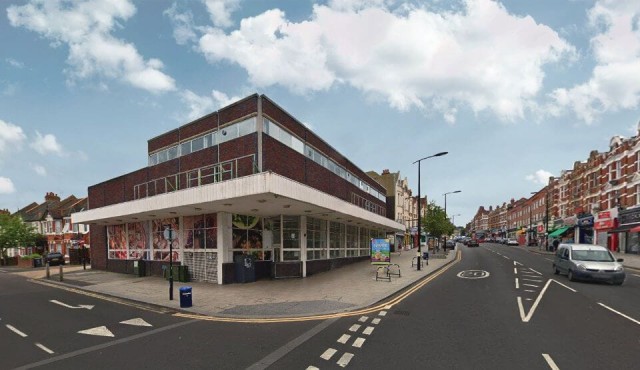
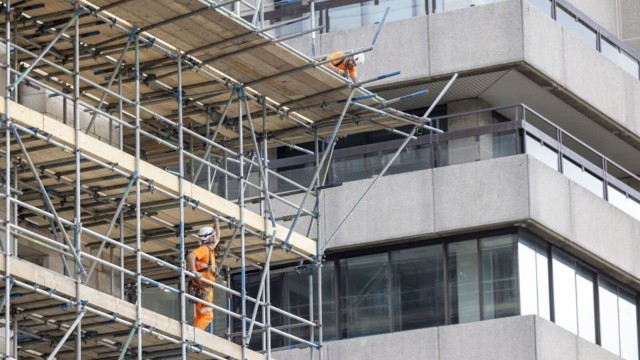

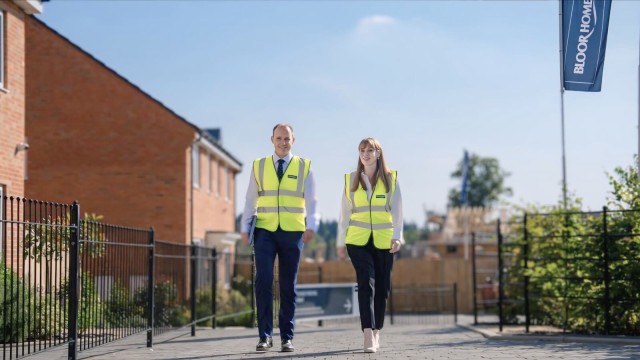

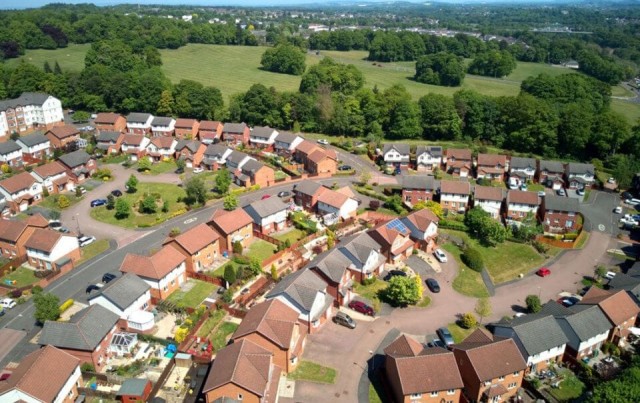

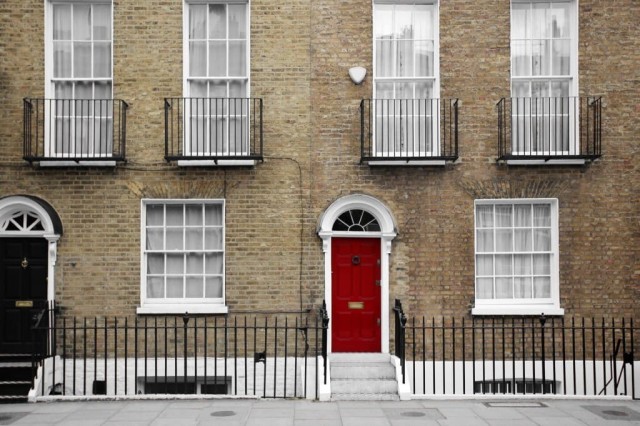
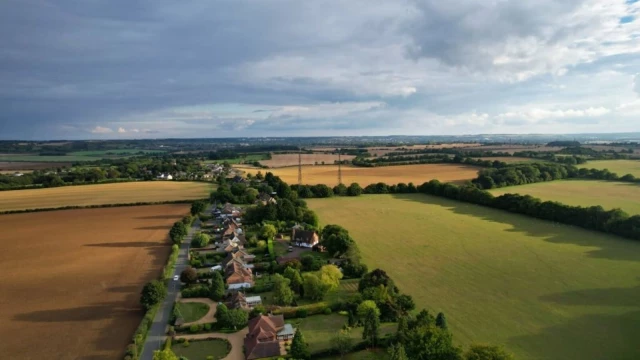
We specialise in crafting creative design and planning strategies to unlock the hidden potential of developments, secure planning permission and deliver imaginative projects on tricky sites
Write us a message